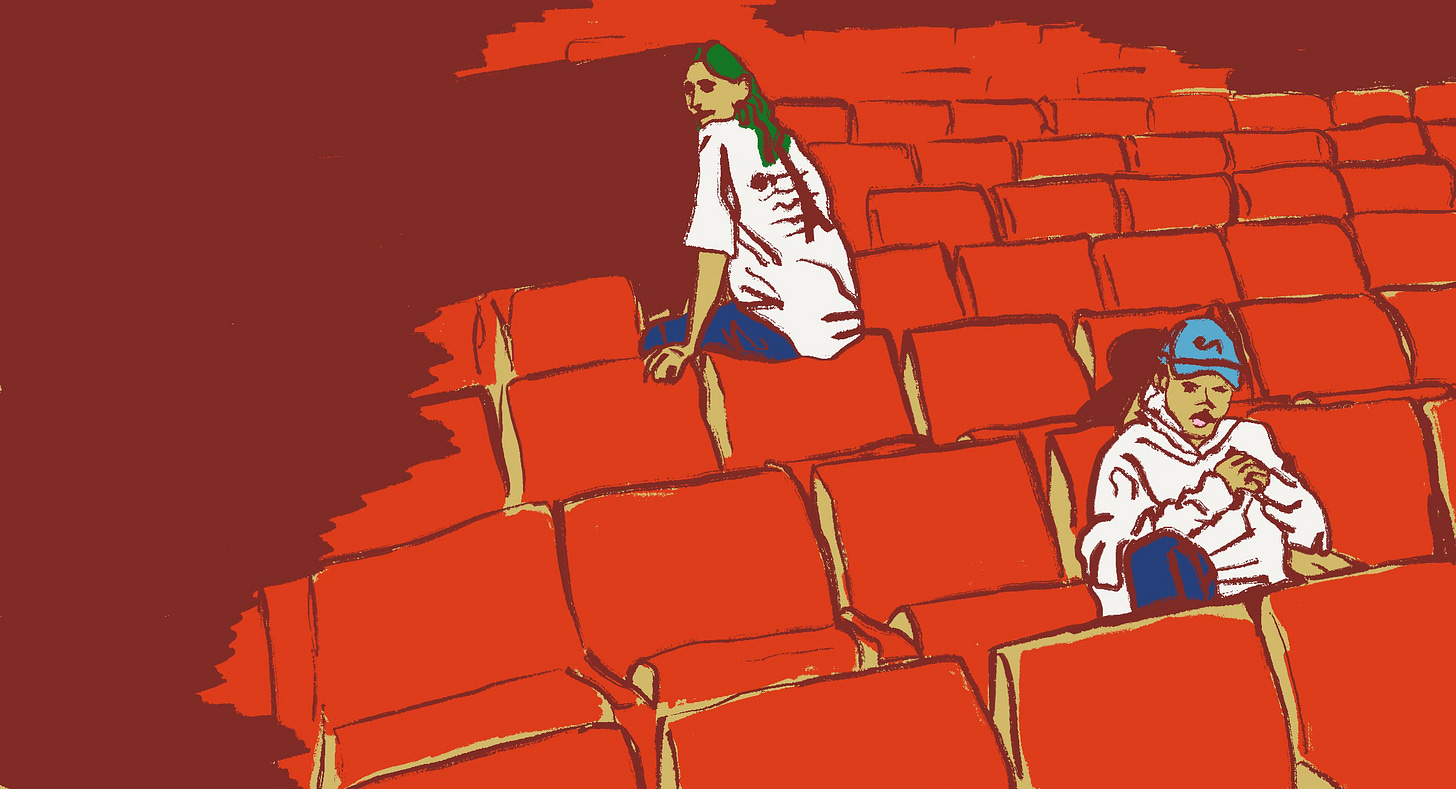Cool culture can’t survive broken models
What the global collapse of art institutions is telling us.
Around the world, cultural institutions are quietly collapsing. Theatres, museums, festivals, and community programs – many decades old, many not-for-profits – are buckling under the weight of outdated funding models, internal stagnation, and a dangerous resistance to market signals. Even as I write from Australia this fortnight, two major creative institutions have announced their closure. But this is a global pattern, and it reveals a deeper question:
What does it mean to build a culturally fluent and financially resilient arts organisation in the 21st century?
Australia’s cultural sector remains heavily reliant on government-funded business models, with corporate support and philanthropy following suit. The UK faces similar constraints from cultural policy, though these are partially offset by a stronger tradition of private sector support and philanthropic patronage. The US veers further toward philanthropy and private backing, with far less reliance on government. In Europe, we see strengths in both public and private sectors, but also a deep tension between innovation and tradition.
In many of these regions, this has fostered a sector where “community impact” becomes the default justification for existence, often at the expense of an adaptive business strategy. The result? Organisations deeply avoidant of confronting what their audiences actually want. With structurally outdated business models, the issue then compounds with minimal entrepreneurship, capped artistic innovation, and high defensiveness when core funding is threatened.
Overall: across geographies, the dominant business model is too slow, too safe, too self-referential, and too structurally dependent to survive the pace of cultural evolution.
Take one of the aforementioned Australian institutions. It had been operating for 20 years. It received two years’ notice that its core funding would end. When it closed its doors, its board blamed the cut and labelled it “cruel”.
Let’s discern cruelty from complacency.
How is it that after two decades of business, no alternative model had been developed? A resilient organisation can withstand the loss of a single funding stream without collapsing in on itself.
If this is not complacency, then certainly it is a warning signal.
Market longevity is not the same as resilience. In any other sector, such overreliance on one source of revenue would be seen as red flag, not business as usual.
And yet, this is the norm in many cultural institutions, where a single stream of funding remains the backbone of a sector designed to serve public interest and national culture.
We then see a cohort of organisations that squander cultural fluency and mistake peer validation for genuine public resonance, and in the same breath wonder why the young people aren’t attending their shows. The answer to that is simple: because you are not serving the young people.
Relying on government funding for two decades and then calling a half-million-dollar cut cruelty is like living rent-free in a mansion and then whinging when the dishwasher breaks. What act of cruelty is it, then, to suggest that you might instead build your own mansion?
There is certainly a role for the government funding of arts and cultural pursuits, and we see that very tangibly in the decades that follow initiatives designed to instigate cultural propagation. (Hello, “Cool Japan” and the Japanese government’s preceding cultural export strategies.)
But the real opportunity now is to redesign cultural institutions from the inside out. This means:
Smarter business models,
Cultural fluency, and a genuine responsiveness to your market,
Authentic audience insight,
Operational structures that attract and retain sharp, entrepreneurial talent.
Commit to intelligence as a form of care, where:
Intelligence = smart, adaptive decisions and future-ready models,
Care = assessing how well your models actually serve the people they are built for.
It’s recognising that the most caring thing you can do to propagate cool, socially relevant culture, is to make it sustainable – and future literate.



